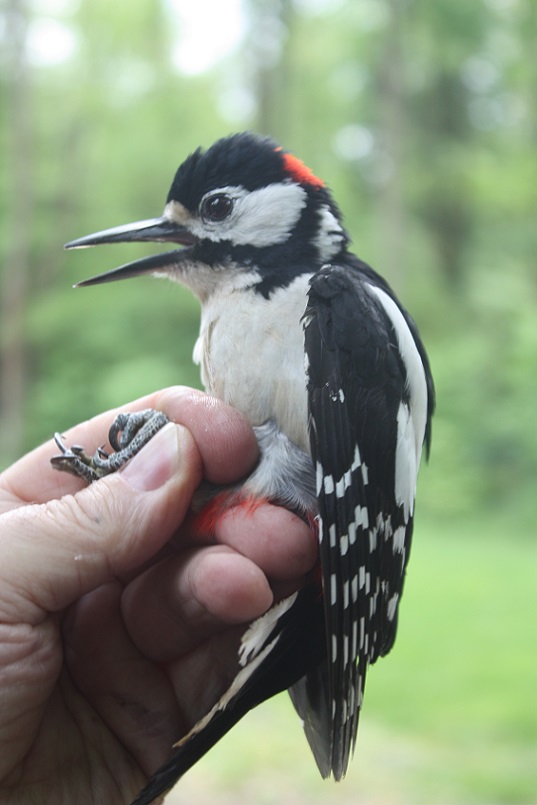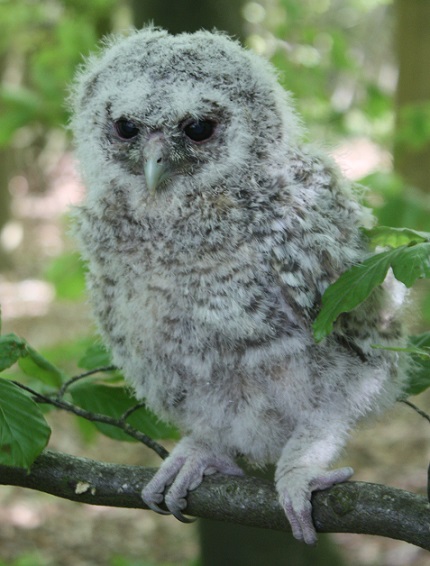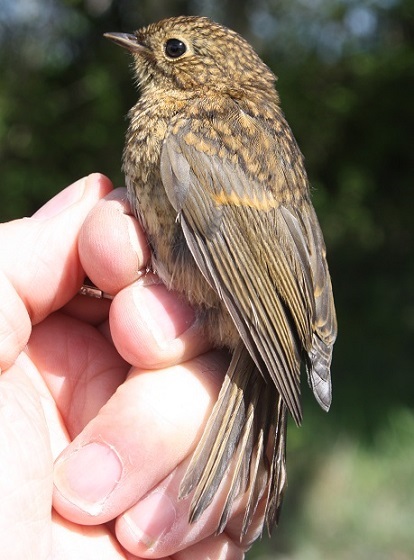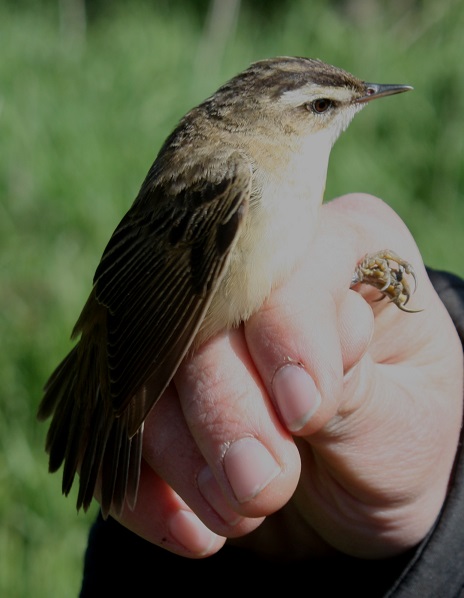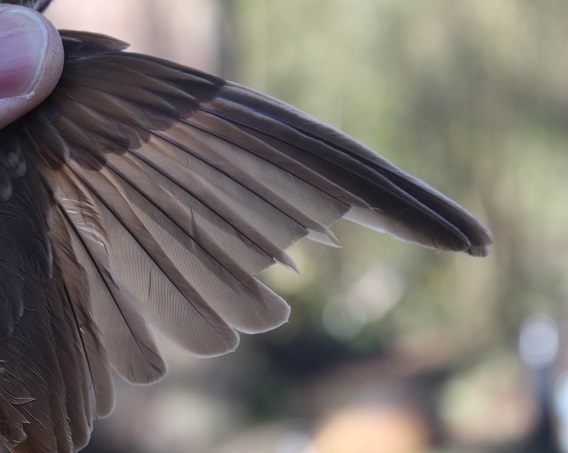CES2: Lower Moor Farm, Thursday, 19th May 2016
With yesterday being so wet, we had to postpone CES session 2 to today. We started out fairly early, at 4:45, and, as Jonny and I were setting up the last net ride, we had the treat of a Black Tern flying across Mallard Lake, heading north. We heard at least one Cuckoo calling during the morning: and saw one fly across Mallard Lake, again moving south to north. I have already heard them on most of my sites but this was my first sighting for the year.
The session started off really well, but by 10:00 it died away and, despite a nice final throw of Lesser Whitethroat, Whitethroat and Great Spotted Woodpecker, it was a slightly disappointing end result. We had one each of recently fledged juvenile Blackbird and Robin. The list for the session was: Great Spotted Woodpecker 1; Treecreeper (1); Blue Tit (1); Long-tailed Tit 1; Wren 1; Dunnock (3); Robin 2(1); Blackbird 2; Cetti's Warbler (2); Blackcap 5(1); Garden Warbler 6(3); Whitethroat 1; Lesser Whitethroat 2; Chiffchaff 1(4); Willow Warbler 3(1); Goldfinch 1; Bullfinch 1(2); Reed Bunting 1. Totals: 28 ringed from 14 species and 19 retrapped from 10 species. Somewhat frustratingly, we saw and heard both Sedge and Reed Warbler - but they avoided our nets this week.
There was a massive emergence of Common Blue damselflies this morning and they were finding our nets a useful spot to hang out, rest and warm up in the sun. The trout were leaping out of the water almost continuously: big fish leaping vertically out of the water before landing back in with a massive splash. Tom Daley they aren't: more Peter Kay / John Smith. It was quite amusing watching one soul in a boat in the middle of the lake attempting to catch trout that were busy attempting to catch the insects that were emerging from the water and leaping out of the water all around him, He did eventually catch one. so not a completely wasted morning for him. One gentleman photographer, who was delighted to have had the opportunity to photograph both Lesser Whitethroat and Whitethroat up close, and to get an identification lesson as well, came back to show me some of the dragons he had photographed: 4-Spotted Chaser and Downy Emerald. This was the first time I had seen anything of the latter - and I was delighted to see a couple for myself as I went into Sandpool, heading for the exit. The final sight, before exiting Sandpool Farm, was a pair of Hobby displaying over the trees: my first for the year, so a lovely end to the session. ST / JC

